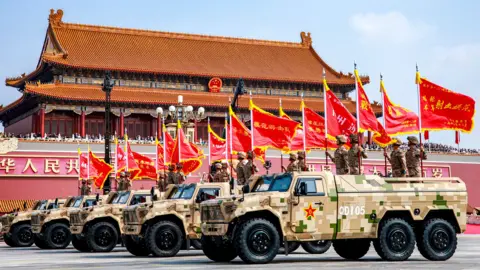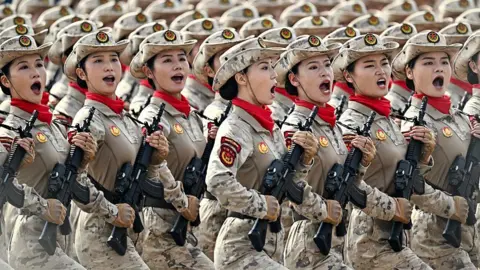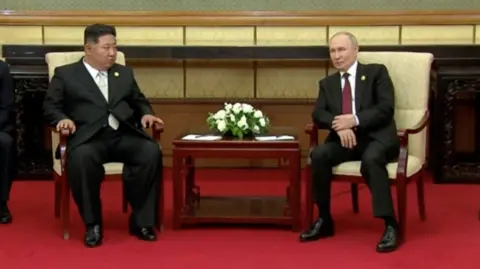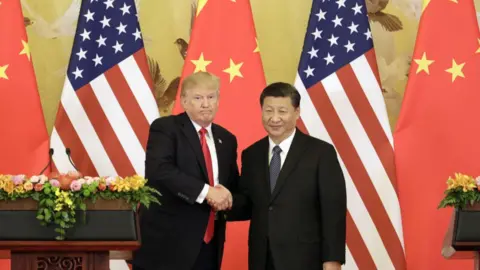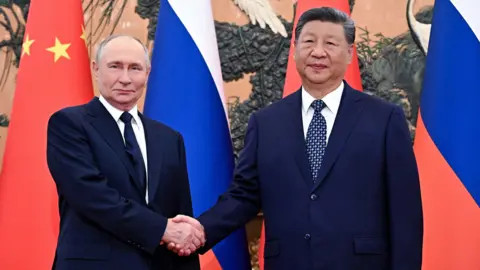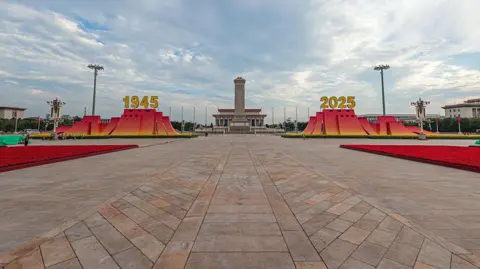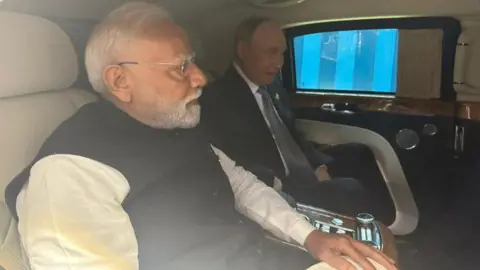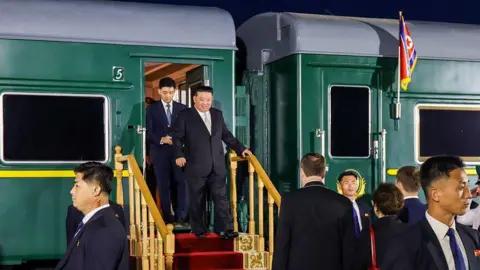The recent meeting between President Trump and Philippine President Ferdinand Marcos Jr. has culminated in a trade deal that introduces a 19 percent tariff on exports from the Philippines while allowing American goods to flow into the country tariff-free. President Trump took to Truth Social to celebrate the agreement, referring to it as a “beautiful visit” and indicative of the nations' deepening economic and military collaboration.
This development follows recent threats from Trump, who previously indicated a potential increase in tariffs to 20 percent on Philippine exports by August 1. Though the new agreement appears slightly more favorable than what was initially threatened, it aligns with Trump's broader strategy of implementing similar tariffs on other Southeast Asian nations, including Indonesia and Vietnam. The administration has struggled to meet its ambitious goal of negotiating 90 trade deals within 90 days, and to date, has only finalized a few agreements.
During his visit to the U.S., President Marcos emphasized the importance of enhancing economic engagement with the United States, highlighting his commitment to a mutually beneficial partnership. He expressed intentions to forge stronger trade ties and attract investment in the Philippines, marking a departure from the previous administration’s tilt towards China.
The discussions at the Pentagon further underscored military cooperation, reflecting a long-standing alliance rooted in shared history dating back to World War II when U.S. and Filipino forces fought together against Japanese occupation. The U.S. continues to prioritize maintaining a strategic presence in the South China Sea, crucial for regional trade and security.
Trump’s rhetoric during the meeting revealed a strategic intent to draw the Philippines closer to the U.S. while simultaneously exhibiting a nonchalant attitude towards the Philippines’ relationship with China. This highlights the complexities of diplomatic relations in the region, where the Philippines seeks to balance interactions with both superpowers.
In summary, this trade agreement signifies evolving U.S.-Philippines relations against the backdrop of regional economic and security concerns. It also reflects the ongoing tension in global trade dynamics as nations negotiate tariffs and alliances in an increasingly competitive landscape.
This development follows recent threats from Trump, who previously indicated a potential increase in tariffs to 20 percent on Philippine exports by August 1. Though the new agreement appears slightly more favorable than what was initially threatened, it aligns with Trump's broader strategy of implementing similar tariffs on other Southeast Asian nations, including Indonesia and Vietnam. The administration has struggled to meet its ambitious goal of negotiating 90 trade deals within 90 days, and to date, has only finalized a few agreements.
During his visit to the U.S., President Marcos emphasized the importance of enhancing economic engagement with the United States, highlighting his commitment to a mutually beneficial partnership. He expressed intentions to forge stronger trade ties and attract investment in the Philippines, marking a departure from the previous administration’s tilt towards China.
The discussions at the Pentagon further underscored military cooperation, reflecting a long-standing alliance rooted in shared history dating back to World War II when U.S. and Filipino forces fought together against Japanese occupation. The U.S. continues to prioritize maintaining a strategic presence in the South China Sea, crucial for regional trade and security.
Trump’s rhetoric during the meeting revealed a strategic intent to draw the Philippines closer to the U.S. while simultaneously exhibiting a nonchalant attitude towards the Philippines’ relationship with China. This highlights the complexities of diplomatic relations in the region, where the Philippines seeks to balance interactions with both superpowers.
In summary, this trade agreement signifies evolving U.S.-Philippines relations against the backdrop of regional economic and security concerns. It also reflects the ongoing tension in global trade dynamics as nations negotiate tariffs and alliances in an increasingly competitive landscape.









